From Broken To Whole: God’s Hand In My Healing Journey
You’re holding this story because something inside you knows it’s possible to move from broken to whole. You’ve probably tried to stitch parts of yourself back together on your own — through distraction, advice, or sheer willpower — and you know how fragile those fixes can feel. This article is for you: a conversational, hope-filled guide that walks with you through spiritual and emotional repair, using proven truths from Scripture and real, relatable spiritual healing stories to encourage you. You’re not reading theory; you’re hearing about pathways that have helped people like you find wholeness in God’s faithful hands.
Your Brokenness Is Real — and Seen by God
You need to hear this plainly: your brokenness is real, and it matters. When you’re hurting — whether from betrayal, loss, shame, or confusion — it often feels like you’re the only one walking through the dark. The Bible says God heals the brokenhearted and binds up their wounds, which is not abstract language but a tender promise for people in pain. Read it again and let it sink into you: Psalm 147:3.
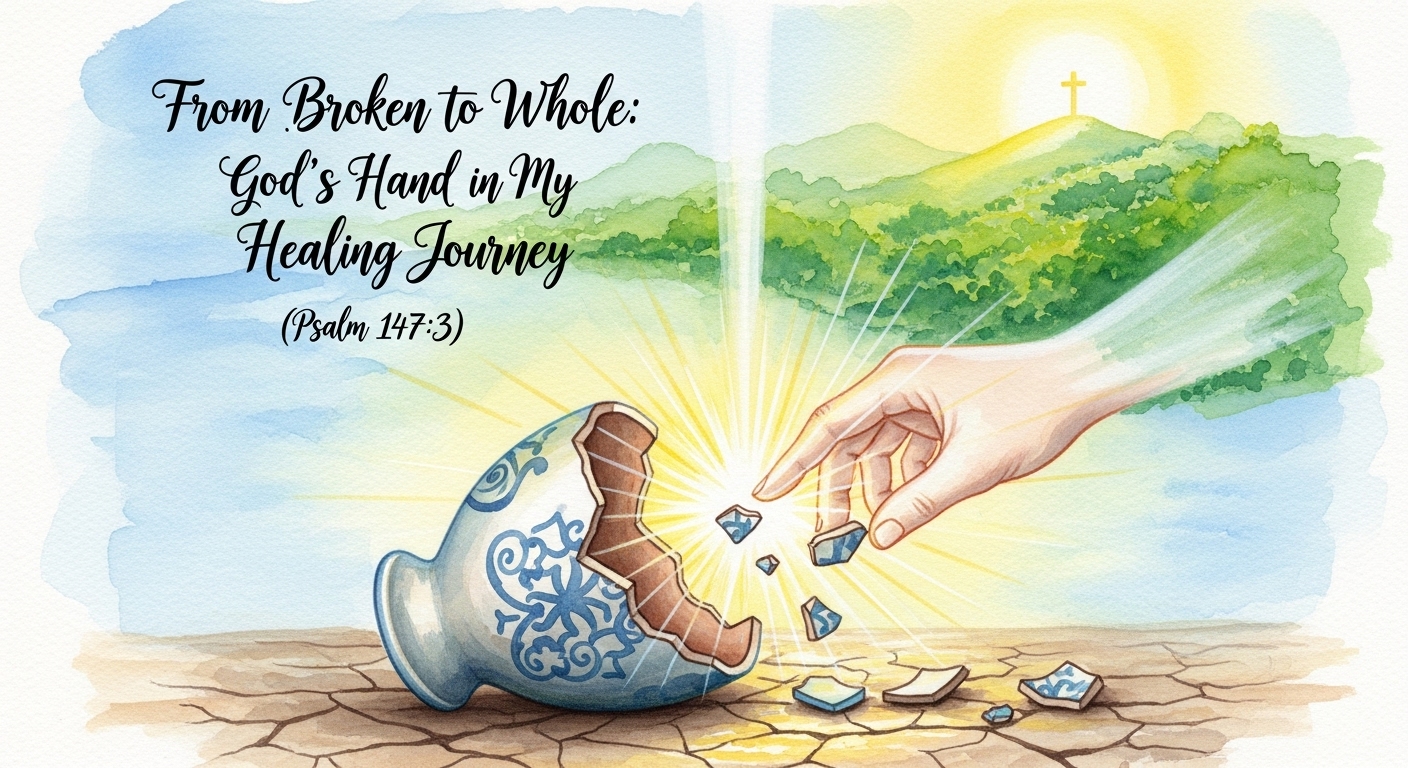
That verse is an invitation to let God’s notice of your pain move from head knowledge into the center of your life. You’re not just a case; you’re someone God sees and intends to heal. Spiritual healing stories point to this truth repeatedly — the first step toward wholeness is allowing yourself to be acknowledged by both God and the community He places around you.
What Is Spiritual Healing?
You might wonder what “spiritual healing” really means. In practical terms, it’s the restoration of your inner life — your sense of identity, your relationship with God, and the peace that governs your heart and mind. Spiritual healing often overlaps with emotional healing, because your feelings, memories, and identity are bound up together. The phrase spiritual healing stories captures testimonies where people recount how God met them where they were emotionally and restored them inwardly.
Spiritual healing is less about being magically fixed in a single moment and more about a transformative process. It includes moments of revelation, quiet surrender, and gradual renewal. You’ll see how Scripture, prayer, community, confession, and forgiveness all play roles in this process. Each spiritual healing story you hear offers a unique combination of these elements, showing you practical ways to move from brokenness to wholeness.
The First Steps: Acknowledgment and Surrender
You can’t heal what you won’t name. The very act of admitting where you’re wounded opens the door to healing. Admitting pain isn’t weakness — it’s wisdom. In the gospels, Jesus invites the weary to come to Him and find rest, a reminder that healing often begins with a conscious turning toward God. See the welcome in Matthew 11:28.
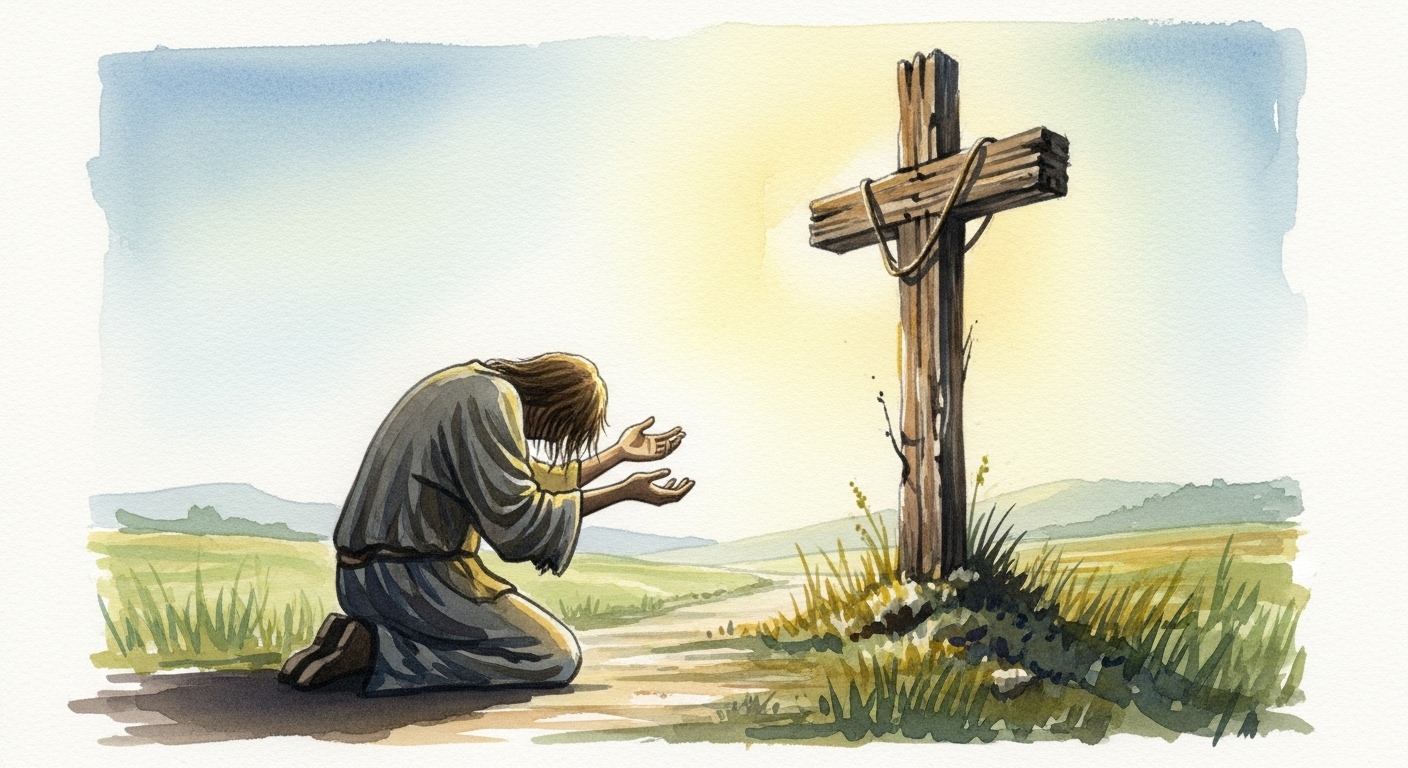
Surrender doesn’t mean giving up your voice or your agency. Surrender means you stop pretending you can handle everything alone and place what you cannot fix into God’s hands. In surrender, you invite God’s gentle guidance and power into the parts of yourself that are most fragile. Spiritual healing stories often begin with someone setting down their defenses and asking God to be their guide — a brave, honest step that opens space for God’s work.
Admitting the Pain
When you admit the pain, you name it: grief, anger, loneliness, shame, fear. Naming the pain helps you own it instead of letting it own you. You might talk to a trusted friend, write it down in a journal, or cry out to God in private. This act of naming is both practical and spiritual — it creates clarity in your inner world and invites God’s attention.
Every spiritual healing story you read has a turning point where someone stopped pretending and acknowledged the truth of their hurt. It’s rarely glamorous, but it’s always essential. When you allow truth to surface, you make space for the truth of God’s presence to begin its restorative work.
Surrendering to God
Surrender is a daily discipline. You’ll likely find that it’s not a single event but a repetitive process — deciding again and again to hand your anxieties, regrets, and hurts to God. The prophet Isaiah describes a mission of bringing good news to the brokenhearted and setting captives free, an image that beautifully captures what happens when you surrender to God’s care (Isaiah 61:1).
You’ll notice real change when you pair admission with surrender. You stop wrestling against realities you can’t change and start cooperating with the One who can bring renewal. Spiritual healing stories show that surrender opens up practical pathways: counseling, accountability, spiritual disciplines, and supportive relationships.
How God Uses Scripture in Your Healing
Scripture is not merely informative; it’s formative. When you immerse yourself in God’s Word, you’re not collecting information—you’re being shaped by an authoritative, loving voice. Verses that speak to your wounds can become anchors in stormy moments. For instance, when your heart feels crushed, the psalmist’s words that God is close to the brokenhearted can be a lifeline: Psalm 34:18.
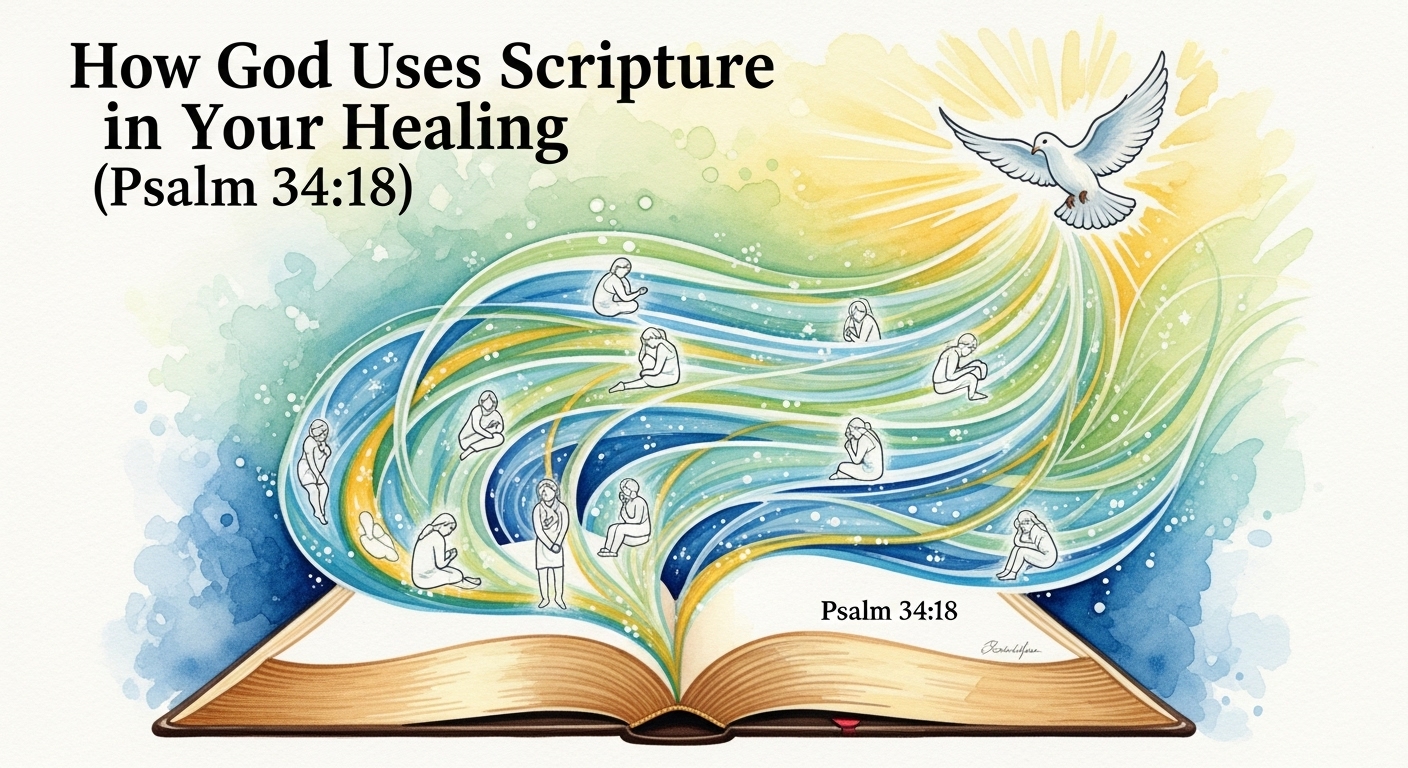
In spiritual healing stories, people often describe how specific passages felt like targeted medicine. You might find Psalms that name your sorrow, promises that soothe your fear, or narratives that show God’s faithfulness through suffering. Lean into Scripture as both mirror and balm: it reveals the condition of your heart and also extends the truth that mends it.
Prayer: The Lifeline in Your Journey
Prayer changes the landscape of your inner world. It’s the space where you speak honestly with God and experience His attentive listening. Prayer is not about flawless words; it’s about honest conversation. When you bring your raw feelings to God — anger, doubt, helplessness — you invite His presence into the most vulnerable parts of you. Remember Jesus’ invitation to take your cares to the Father: Matthew 11:28.
In many spiritual healing stories, prayer is described as a lifeline — not always instantly fixing circumstances, but shifting hearts and perspectives. You’ll find that regular, honest prayer changes how you interpret pain and strengthens your ability to hold hope. Prayer also creates a rhythm of dependence and intimacy that undergirds long-term healing.
The Role of Community and Confession
You don’t heal in isolation. The Bible urges believers to confess their sins and struggles to one another so that healing can occur, emphasizing vulnerability and mutual support (James 5:16). When you share your struggles with trusted people, you often discover that you’re not as alone as you thought. Community offers practical help, spiritual counsel, and a mirror to reflect God’s love to you.
Spiritual healing stories frequently highlight how a friend, mentor, or church community became the hands and feet of Christ in someone’s life. They show up with listening ears, practical support, prayer, and sometimes simply presence. You benefit from honest, compassionate relationships that refuse to sugarcoat your pain but also refuse to leave you there.
Forgiveness: The Turning Point
Forgiveness is not always immediate, and it’s certainly not easy. Yet it’s central to many spiritual healing stories because it removes the toxic residue that keeps you chained to the past. The New Testament repeatedly calls followers to forgive, not as a vague ideal but as a transformative practice that reflects God’s heart and frees you to move forward (Colossians 3:13).
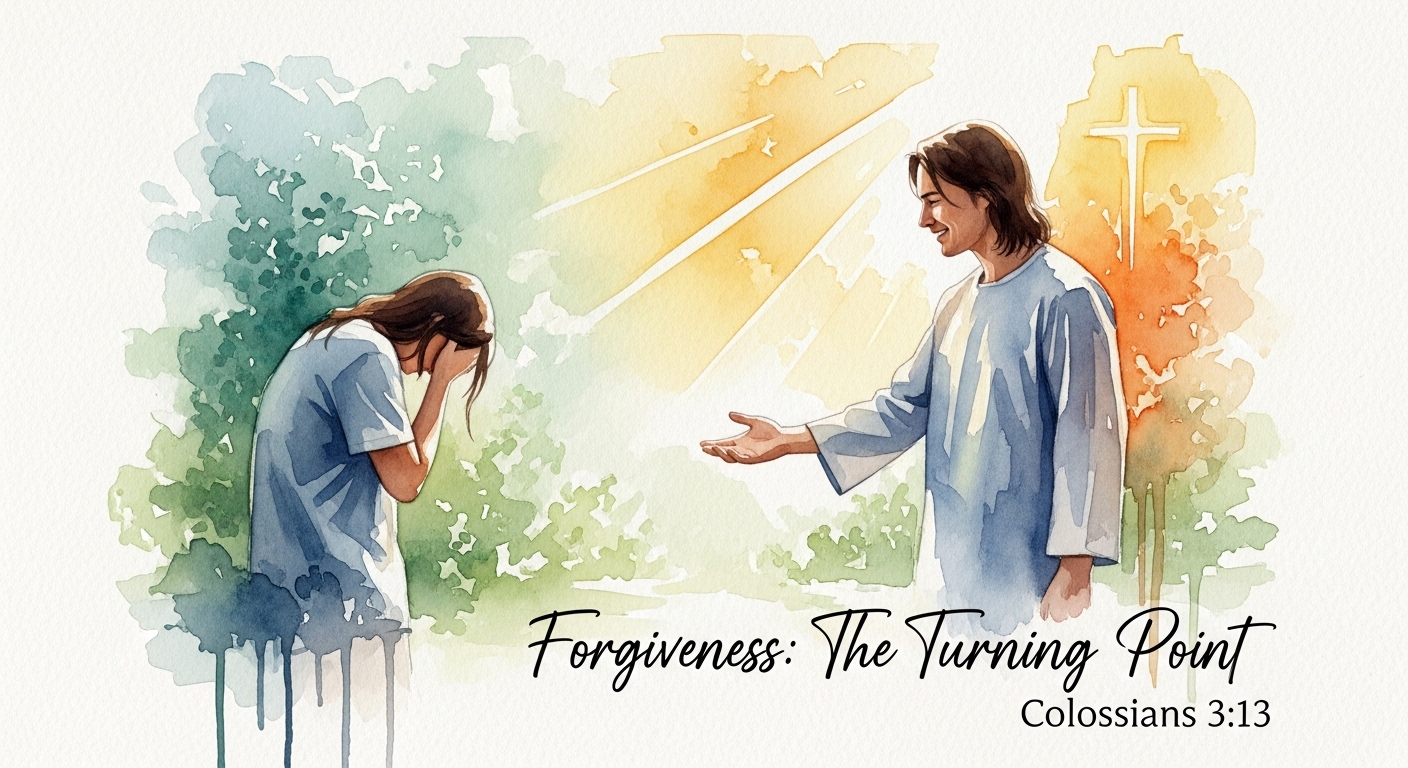
When you forgive, you are not excusing wrongdoing or pretending the pain didn’t happen. You are choosing to release the hold that hurt has over you, trusting God to bring justice and fullness in His timing. This decision often comes after much processing, prayer, and sometimes professional help, but it consistently marks a turning point in spiritual healing stories.
Healing Is Often a Process, Not an Instant Fix
You’ll need to recalibrate your expectations: healing often unfolds over months or years. There are seasons of progress, seasons of feeling stuck, and seasons of breakthroughs. The apostle Paul speaks about being pressed but not crushed, perplexed but not in despair — images that honestly describe the Christian life in suffering and healing (2 Corinthians 4:8-10).
Understanding healing as a process makes space for patience and persistence. Spiritual healing stories rarely describe an instantaneous wipe-away of pain; they highlight gradual change, consistent choices, and repeated acts of trust. When you normalize the slow work of healing, you give yourself grace to grow step by step.
Personal Spiritual Healing Stories: Real-Life Practices That Helped You
You’ll find encouragement in concrete examples. Suppose you feel paralyzed by past trauma. In one spiritual healing story, a person began with small, steady practices: daily Scripture readings focused on God’s care, honest journaling of memories and feelings, weekly meetings with a trusted counselor, and gradual boundary-setting with people who triggered old wounds. Over time, their nightmares lessened, trust was rebuilt in safe relationships, and a new identity in Christ emerged.
In another story, someone overwhelmed by shame found relief by sharing their hidden struggle with a wise pastor and receiving consistent prayer. They practiced confession regularly, replaced shame-driven narratives with biblical truths, and celebrated small milestones of freedom. Their healing didn’t mean their past stopped existing, but it meant the past stopped defining them.
Every spiritual healing story is unique, but patterns emerge: Scripture, prayer, confession, community, and intentional practices move people toward wholeness. Look for the patterns that resonate with you and imagine how those practices could fit into your life.
Practical Spiritual Disciplines to Support Healing
You can put helpful rhythms in place to support your inner work. These are simple, practical spiritual disciplines you can start today that have helped countless people in their journeys:
- Daily Scripture reading and memorization focused on promises of God’s love and healing.
- Regular honest prayer — keep a journal to track how God answers and sustains you.
- A weekly rhythm of rest, worship, or silence to recalibrate your soul.
- Trusted relationships with friends, mentors, or counselors who offer listening and accountability.
These disciplines aren’t legalistic chores; they’re ways your heart gets shaped by truth and presence. Spiritual healing stories consistently point to small, repeatable habits that compound into significant change.
When You Face Setbacks
Setbacks will come — that’s part of the journey. You might make progress only to be pulled back by a trigger or a difficult season. When this happens, resist self-condemnation. Instead, treat setbacks as signals that more care is needed, not proof that you’ve failed. The apostle Paul’s testimony about grace being sufficient in weakness is a helpful reminder: God’s power is often perfected in places where you’re weak (2 Corinthians 12:9).
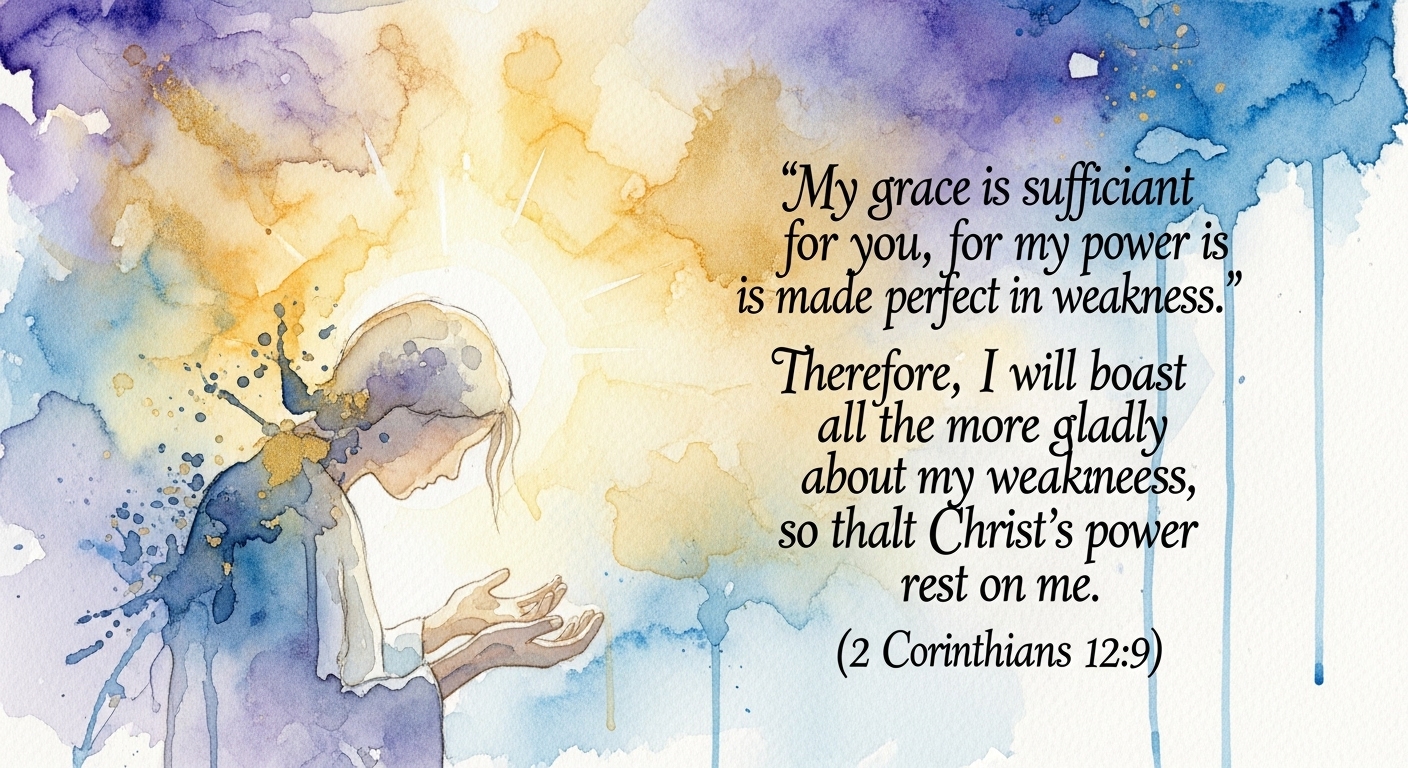
Spiritual healing stories don’t hide setbacks; they show how people returned to foundational practices, leaned into community, and re-engaged with prayer and Scripture. You can do the same. Take a breath, reestablish your routines, and remember that the story of your life is not defined by a single setback.
The Role of Professional Help and Counseling
Sometimes your healing requires professional support. Therapy, counseling, and pastoral care are not signs of spiritual failure; they are tools God often uses to bring healing. Many spiritual healing stories include a season of working with a trained therapist who helps unpack trauma, teach coping skills, and provide objective insight.
If you’re considering professional help, look for counselors who respect and integrate spiritual perspectives if that matters to you. It’s wise to find someone who understands the interplay of faith and mental health so you can pursue healing holistically. Combining spiritual practices with professional care can accelerate your recovery and help you develop sustainable coping strategies.
How to Recognize God’s Hand in Your Story
You’ll begin to notice God’s involvement in subtle and profound ways. Maybe you’ll feel a sudden sense of peace in a moment you expected to panic, or a fresh insight will arise while you’re reading Scripture, or a reconciliatory conversation will open unexpectedly. Small mercies accumulate: better sleep, increasing joy, restored relationships, or a clarified purpose.
When you look back, spiritual healing stories often reveal a thread of God’s faithfulness that wasn’t obvious in the moment. Keep a journal to record these small evidences — they become encouragement when doubts return. Recognizing God’s hand is partly about cultivating awareness and gratitude for the moments of grace that string together into lasting change.
Living Out Your New Identity
As healing progresses, you’ll notice shifts in how you see yourself and others. You begin to embody a new identity rooted in God’s love rather than your past wounds. This doesn’t mean perfection, but you’ll experience more freedom to respond rather than react, more ability to give and receive love, and increased courage to pursue purpose.
Spiritual healing stories show that living out your new identity often includes serving others, sharing your story, and intentionally choosing healthy relationships. When you start living from the inside out, your outer life begins to reflect the inner changes — and that’s when your healing becomes testimony.
Sharing Your Spiritual Healing Story
You have a story worth telling. When you’re ready, sharing your spiritual healing story can bring hope to others and solidify your own progress. You don’t have to tell everything or do it all at once. Start with trusted people, then consider broader venues like support groups, small church gatherings, or writing platforms. Your testimony might be the exact encouragement someone else needs to take their first step toward healing.
Remember the biblical call to testify about God’s work in your life. Sharing your journey can be a worshipful act that points others to God’s goodness. In spiritual healing stories, people often say the act of telling their story brought closure, celebration, and renewed purpose.
Hope for the Future: God’s Promise of Renewal
God’s promises are not tied to our performance. He offers renewal and hope for the future to those who seek Him. Scripture pictures a time when mourning will be turned into joy and when wounds will be healed in ways that lead to a fuller life (Revelation 21:4). This eschatological hope shapes the way you live now: with patience, expectation, and the assurance that God is working toward your complete restoration.

Your spiritual healing story is a chapter within a larger story of redemption. Even if you don’t see full resolution now, your current steps contribute to that larger movement. Keep trusting that God’s hand is at work, even when you can’t trace every step.
Practical Steps to Begin Today
Start with small, concrete actions that will anchor you:
- Choose a passage of Scripture to read daily — one that speaks to God’s love and healing.
- Set aside a few minutes each day to pray honestly, tracking your progress in a journal.
- Reach out to one trusted person and share a piece of what you’re walking through.
- If needed, research counselors or support groups that integrate spiritual care.
These steps are simple but powerful. Spiritual healing stories consistently point to small, steady steps that lead to deep transformation. Begin where you are and let God meet you in the next right step.
When You Feel Afraid to Hope
It’s normal to be afraid to hope again, especially if you’ve been disappointed before. Fear doesn’t disqualify you from healing; it simply identifies where you need tenderness and truth most. Ground yourself in biblical promises about God’s faithfulness and in the testimonies of others who’ve walked this path before you. Stories of transformation provide concrete proof that healing is possible.
You don’t have to rush hope. Let your healing unfold with grace, allowing God to restore trust in His timing and goodness. Spiritual healing stories are filled with people who cautiously learned to hope again and found that God met them every step of the way.
Final Encouragement: You’re Not Alone in This Story
As you move through your healing journey, remember that every step of progress matters. Whether you’re taking the first step of acknowledging your pain or you’re years into recovery, God is faithful to accompany you. The collective witness of spiritual healing stories shows that while paths and timelines differ, God’s hand is steady and tender.
You are invited to keep turning toward God, to live in community, to practice spiritual disciplines, and to embrace professional help when needed. Healing is not merely the absence of hurt; it’s the presence of God transforming your heart from the inside out.
Explore More
For further reading and encouragement, check out these posts:
👉 7 Bible Verses About Faith in Hard Times
👉 Job’s Faith: What We Can Learn From His Trials
👉 How To Trust God When Everything Falls Apart
👉 Why God Allows Suffering – A Biblical Perspective
👉 Faith Over Fear: How To Stand Strong In Uncertain Seasons
👉 How To Encourage Someone Struggling With Their Faith
👉 5 Prayers for Strength When You’re Feeling Weak

📘 Jesus and the Woman Caught in Adultery – Grace and Mercy Over Judgement
A powerful retelling of John 8:1-11. This book brings to life the depth of forgiveness, mercy, and God’s unwavering love.
👉 Check it now on Amazon 🛒💥
🔥 “Every great message deserves a home online.” 🌍💬🏡
Don’t let your calling stay hidden. Start a Christian blog or website using Hostinger — with 99.9% uptime, a free domain, and SSL, your voice can shine for God’s glory anytime, anywhere.
💥 Begin today. 🛒 Try it RISK-FREE! ✅
✝️ “Your body is God’s temple — care for it with purpose.” 💪💖🏛️
Renew your energy and restore balance naturally. Mitolyn helps support a healthy metabolism, giving you the vitality to live out God’s calling with strength and confidence.
🔥 Unlock Your Metabolic Power! ⚡Burn More Calories & Feel Great With Mitolyn. 💪
👉 Start Today. 🚀 Check Price Now. 🛒💰
💰 As a ClickBank & Amazon Affiliate, I earn from qualifying purchases.
📖 Acknowledgment: All Bible verses referenced in this article were accessed via Bible Gateway (or Bible Hub).
🚀 Want to explore more? 👉 Dive into our new post on Why Jesus? and experience the 🔥 life-changing truth of the Gospel!





